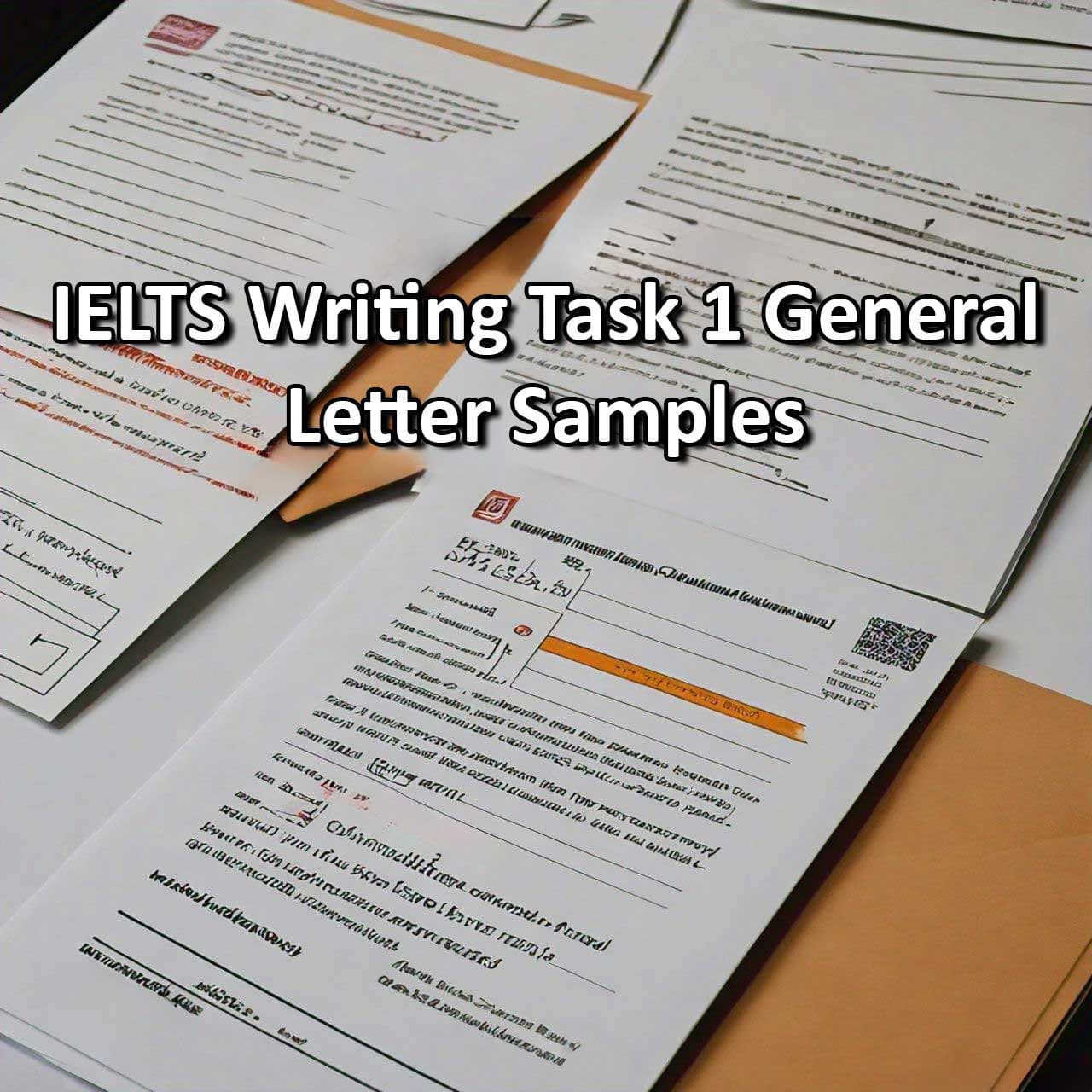When preparing for the IELTS Writing test, one critical aspect to understand is the difference between formal and informal writing. The IELTS Writing test is divided into two tasks, and your ability to distinguish between formal and informal writing can significantly impact your score. In this blog post, we’ll explore the key differences between formal and informal writing, when to use each style, and tips to excel in both.
Table of Contents
Understanding the IELTS Writing Test
The IELTS Writing test consists of two tasks:
1. Task 1:
– Academic Module: You are required to describe, summarize, or explain information presented in a graph, chart, table, or diagram.
– General Training Module: You are asked to write a letter (formal, semi-formal, or informal) based on a given situation.
2. Task 2:
– For both modules, you need to write an essay in response to a point of view, argument, or problem. This essay should be formal.
Formal Writing
Characteristics of Formal Writing:
1. Vocabulary:
– Use advanced vocabulary and precise language.
– Avoid slang, colloquialisms, and contractions (e.g., use “do not” instead of “don’t”).
2. Tone:
– Maintain a professional and objective tone.
– Avoid emotional or subjective language.
3. Structure:
– Use a clear and logical structure with well-developed paragraphs.
– Include an introduction, body paragraphs, and a conclusion.
4. Grammar and Syntax:
– Use complex sentence structures and varied sentence patterns.
– Ensure grammatical accuracy and appropriate punctuation.
When to Use Formal Writing:
– Academic Task 1: Describing and interpreting data in graphs, charts, or tables.
– Task 2 (Both Modules): Writing an argumentative, discursive, or problem-solving essay.
Example of Formal Writing:
– Task 1: “The graph illustrates the changes in the population of three different species of birds over a period of ten years. It is evident that the population of species A experienced a significant decline, whereas species B showed a steady increase.”
– Task 2: “Many people argue that governments should invest more in public transportation to combat traffic congestion. This essay will discuss the benefits of public transport systems and provide recommendations for improving urban mobility.”
Informal Writing
Characteristics of Informal Writing:
1. Vocabulary:
– Use everyday language and conversational expressions.
– Contractions and idiomatic phrases are acceptable.
2. Tone:
– Maintain a friendly and personal tone.
– It’s okay to show emotions and personal opinions.
3. Structure:
– While still organized, the structure can be more relaxed.
– Use shorter paragraphs and simple sentence structures.
4. Grammar and Syntax:
– Simple and straightforward sentences are common.
– Informal writing is more forgiving of grammatical variations and colloquial expressions.
When to Use Informal Writing:
– General Training Task 1: Writing a letter to a friend or someone you know well.
Example of Informal Writing:
– “Hi John, I hope you’re doing well! I wanted to let you know that I’ve finally moved into my new apartment. It’s a cozy little place and perfect for me. Drop by whenever you’re free, and we can catch up over coffee.”
Tips to Excel in Formal and Informal Writing
For Formal Writing:
1. Practice Advanced Vocabulary:
– Learn and use advanced vocabulary and formal phrases.
– Avoid using simple or repetitive words.
2. Focus on Structure:
– Practice organizing your writing with clear introductions, body paragraphs, and conclusions.
– Ensure each paragraph has a clear main idea and supporting details.
3. Use Complex Sentences:
– Incorporate a variety of sentence structures, including complex and compound sentences.
– Ensure your writing flows logically from one point to the next.
For Informal Writing:
1. Be Conversational:
– Write as if you are speaking to a friend.
– Use contractions and colloquial expressions where appropriate.
2. Show Personality:
– Let your personality come through in your writing.
– Feel free to express emotions and opinions.
3. Keep it Simple:
– Use simple sentence structures and straightforward language.
– Ensure your writing is clear and easy to understand.
Practice Makes Perfect
To master both formal and informal writing styles, practice is essential. Here are some practice activities to help you improve:
1. Write Letters:
– Practice writing different types of letters, both formal and informal.
– Swap letters with a study partner for feedback.
2. Analyze Samples:
– Read and analyze sample essays and letters to understand the differences in style and tone.
– Pay attention to vocabulary, sentence structure, and overall organization.
3. Timed Practice:
– Practice writing essays and letters within the time limits of the IELTS test.
– Focus on producing clear, coherent, and well-structured writing under timed conditions.
Conclusion
Understanding the distinction between formal and informal writing is crucial for success in the IELTS Writing test. By familiarizing yourself with the characteristics and appropriate usage of each style, and by practicing regularly, you can improve your writing skills and boost your IELTS score. Whether you are describing data in a formal report or writing a friendly letter, mastering these writing styles will help you communicate effectively and confidently in English.



